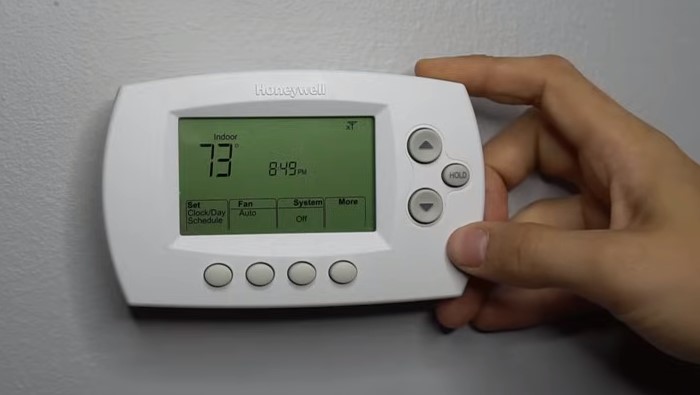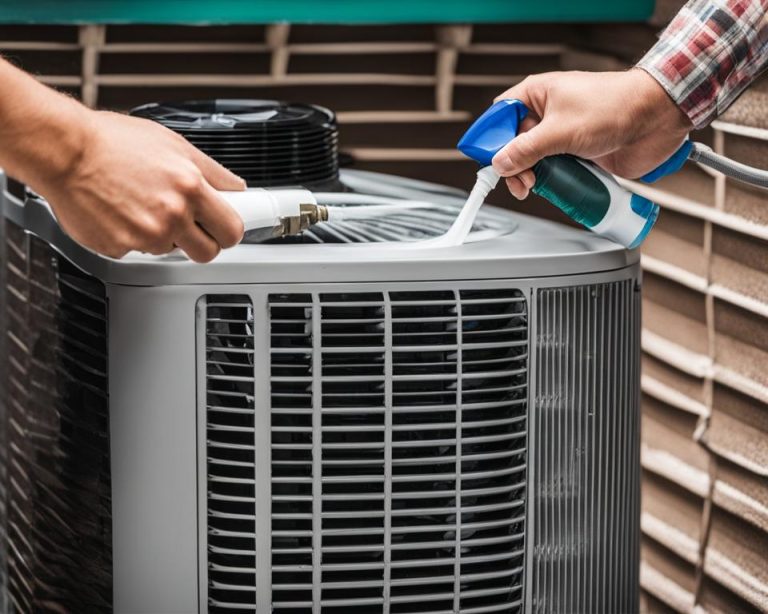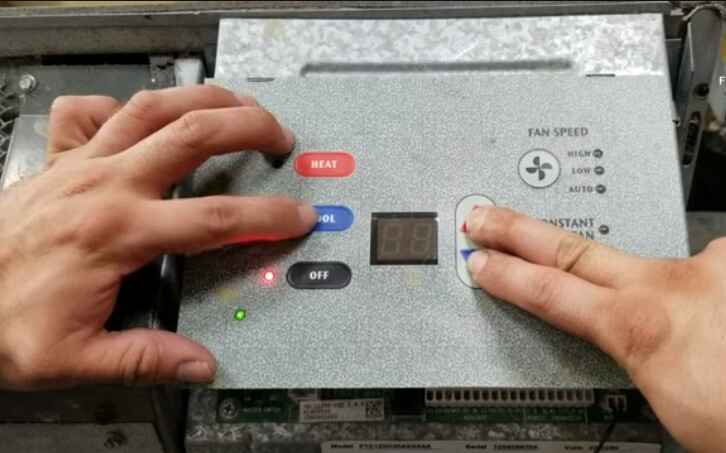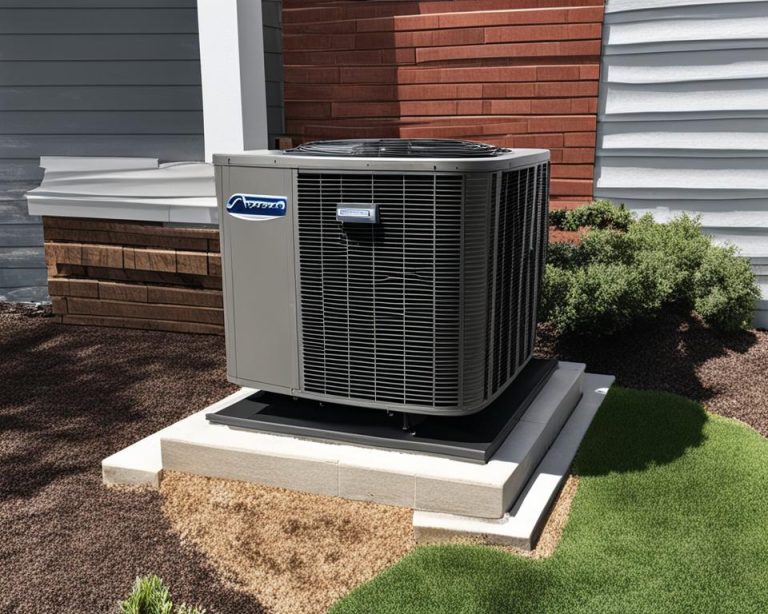To fix an AC condensate pump not working, check the power supply, examine the float switch for debris, ensure the pump is level, and inspect the tubing for clogs. If issues persist, consult a professional technician.
Is your AC condensate pump not working? Dealing with a malfunctioning AC condensate pump can be frustrating, especially during hot summer months. This crucial component plays a vital role in removing excess moisture from your air conditioning system, preventing potential water damage, and maintaining indoor comfort. In this beginner’s guide, we’ll explore common reasons why your AC condensate pump might not be functioning properly and provide practical solutions to troubleshoot and resolve the issue effectively. Let’s dive in to restore your cooling system’s efficiency.
Signs Your AC Condensate Pump Not Working
When it comes to maintaining your HVAC system, keeping an eye on your AC condensate pump is crucial. An AC Condensate Pump Not Working can lead to a myriad of issues, ranging from reduced cooling efficiency to potential water damage in your home. Here are some signs to watch out for:
Water pooling around the indoor unit:
One of the most obvious indicators of an AC Condensate Pump Not Working is water pooling around the indoor unit. This occurs when the pump fails to effectively remove the condensate water produced during the cooling process. Instead of being pumped out of the system, the water may overflow from the drain pan, leading to puddles on the floor around the unit. Not only is this unsightly, but it also poses a risk of water damage to your property and can encourage mold growth if left unchecked.
Unusual noises coming from the unit:
Another telltale sign of an AC Condensate Pump Not Working is unusual noises emanating from the unit. If you hear gurgling, bubbling, or rattling sounds coming from your HVAC system, it could indicate that the condensate pump is struggling to function properly. These noises may be caused by air bubbles trapped in the pump or by components rubbing against each other due to wear and tear. Ignoring these sounds can lead to further damage to the pump and other parts of your air conditioning system.
Decreased cooling efficiency:
A decline in cooling efficiency is often a symptom of various HVAC issues, including an AC Condensate Pump Not Working. When the pump fails to remove excess moisture from the air, it can disrupt the cooling process and cause your system to work harder to maintain the desired temperature. As a result, you may notice that your home takes longer to cool down or that certain areas are not reaching the set temperature. This not only compromises your comfort but also increases energy consumption and utility costs.
Visual inspection of the pump:
Performing a visual inspection of the condensate pump can also help identify potential issues. Look for any signs of damage, such as cracks, leaks, or corrosion, which may indicate that the pump is not functioning correctly. Additionally, check for clogs or obstructions in the pump’s drain line, as these can impede the flow of water and cause backups. If you notice any abnormalities during your inspection, it’s important to address them promptly to prevent further damage to your HVAC system.
Common Causes of AC Condensate Pump Failure
When your AC condensate pump fails, it can be frustrating, inconvenient, and even costly. Understanding the common causes of AC condensate pump failure is essential for troubleshooting and preventing future issues. Here are five typical reasons why your AC condensate pump might not be working as it should:
Clogged drain line:
One of the most frequent culprits behind an AC condensate pump not working is a clogged drain line. Over time, dirt, debris, algae, and mold can accumulate in the drain line, obstructing the flow of water. When the drain line becomes clogged, water backs up, putting excessive strain on the condensate pump. Eventually, this can lead to pump failure. Regular maintenance, such as flushing the drain line with a mixture of water and vinegar, can help prevent clogs and keep your AC condensate pump functioning properly.
Pump motor failure:
Another common cause of an AC condensate pump not working is pump motor failure. Like any mechanical component, the motor in your condensate pump can wear out over time due to normal wear and tear or electrical issues. Signs of pump motor failure include unusual noises, such as grinding or humming, and the pump fails to turn on or off as expected. If you suspect that the motor in your condensate pump is faulty, it’s essential to have it inspected and repaired by a qualified HVAC technician to avoid further damage.
Power supply issues:
AC condensate pumps rely on a steady power supply to operate effectively. If there are problems with the electrical supply to the pump, such as loose wiring, tripped circuit breakers, or blown fuses, the pump may fail to function correctly. Additionally, power surges or fluctuations can damage the pump’s electrical components, leading to malfunction. To troubleshoot power supply issues, check the circuit breaker or fuse box to ensure that power is reaching the pump. If necessary, consult with an electrician to address any wiring issues or install surge protection devices to safeguard your condensate pump against electrical damage.
Incorrect installation or placement:
Improper installation or placement of the AC condensate pump can also contribute to its failure. If the pump is not installed correctly or is positioned at an incorrect angle, it may struggle to effectively remove condensate from the AC unit. Likewise, placing the pump in an area prone to flooding or excessive moisture can increase the risk of water damage and corrosion, compromising its performance over time. To prevent installation-related issues, ensure that your condensate pump is installed by a qualified HVAC professional according to the manufacturer’s guidelines and recommendations.
Lack of maintenance:
Perhaps the most overlooked cause of AC condensate pump failure is a lack of maintenance. Without regular upkeep, dust, dirt, and debris can accumulate inside the pump, hindering its operation and reducing its lifespan. Additionally, neglecting to perform routine maintenance tasks, such as cleaning the pump and inspecting its components for signs of wear, can allow minor issues to escalate into major problems. To keep your AC condensate pump in top condition, establish a regular maintenance schedule that includes cleaning, lubricating moving parts, and replacing worn-out components as needed.
Step-by-Step Troubleshooting Guide
When your AC condensate pump is not working, it can be a frustrating experience, especially during the hot summer months. However, before you call for professional help, there are steps you can take to troubleshoot the issue yourself. Follow this comprehensive step-by-step guide to diagnose and potentially fix the problem with your AC condensate pump not working.
Turn off the power to the AC unit:
Safety should always come first when dealing with electrical appliances. Before you start troubleshooting the AC condensate pump not working, locate the power source for your AC unit and switch it off to avoid any accidents or electrical shocks.
Inspect and clean the drain line:
The drain line is a crucial component in the proper functioning of the AC condensate pump. Over time, it can get clogged with dirt, debris, or algae, hindering the flow of water. Inspect the drain line carefully and remove any obstructions you find. Use a pipe brush or a mixture of water and vinegar to clean the drain line thoroughly.
Check the pump for obstructions:
Sometimes, the AC condensate pump itself can get clogged with debris, preventing it from working correctly. Remove the cover of the pump and inspect the inside for any obstructions. Clear out any dirt, leaves, or other debris that may be blocking the pump’s operation. Ensure that the float switch moves freely and isn’t stuck due to debris accumulation.
Test the pump’s motor:
If the pump appears to be free of obstructions but still isn’t working, it’s time to test the motor. You can do this by manually activating the pump. Depending on the type of pump you have, there may be a button or lever you can press or toggle to test the motor. Listen for any unusual noises or vibrations coming from the pump, which could indicate a malfunctioning motor.
Verify the power supply to the pump:
Even if the pump’s motor is functioning correctly, it won’t work if it’s not receiving power. Check the power supply to the pump to ensure it’s properly connected and receiving electricity. Use a multimeter to test the voltage at the pump’s electrical connections. If there’s no power reaching the pump, you may need to replace a blown fuse, reset a tripped circuit breaker, or fix a faulty wiring connection.
Reinstall or reposition the pump if necessary:
In some cases, the AC condensate pump may not be installed or positioned correctly, leading to improper drainage or operation issues. Ensure that the pump is securely mounted on a level surface and that the drain line is properly connected. If necessary, adjust the pump’s position to improve its efficiency and functionality.
Throughout this troubleshooting process for the AC condensate pump not working, it’s essential to keep safety in mind. Always follow proper procedures when working with electrical components and turn off the power to the AC unit before inspecting or servicing any parts. If you’re unsure about any step or encounter a problem you can’t fix, don’t hesitate to contact a qualified HVAC technician for assistance.
Remember, regular maintenance of your AC system, including the condensate pump, can help prevent issues like this from occurring in the future. Schedule annual inspections and cleanings to keep your AC unit running smoothly and efficiently.
By taking proactive measures and addressing problems promptly, you can ensure the comfort and functionality of your home’s cooling system, even during the hottest months of the year when the AC condensate pump not working could cause significant inconvenience.
Conclusion
In conclusion, addressing issues with an AC condensate pump not working is essential for maintaining indoor comfort and preventing potential damage to your HVAC system. Whether it’s a simple clog or a malfunctioning pump, prompt attention is crucial. Regular maintenance, such as cleaning the pump and inspecting drainage lines, can help prevent problems. If you’re experiencing persistent issues, it’s best to consult a professional HVAC technician to diagnose and rectify the problem efficiently. Remember, a properly functioning condensate pump is integral to the smooth operation of your air conditioning system, ensuring optimal performance and longevity.







2 Comments